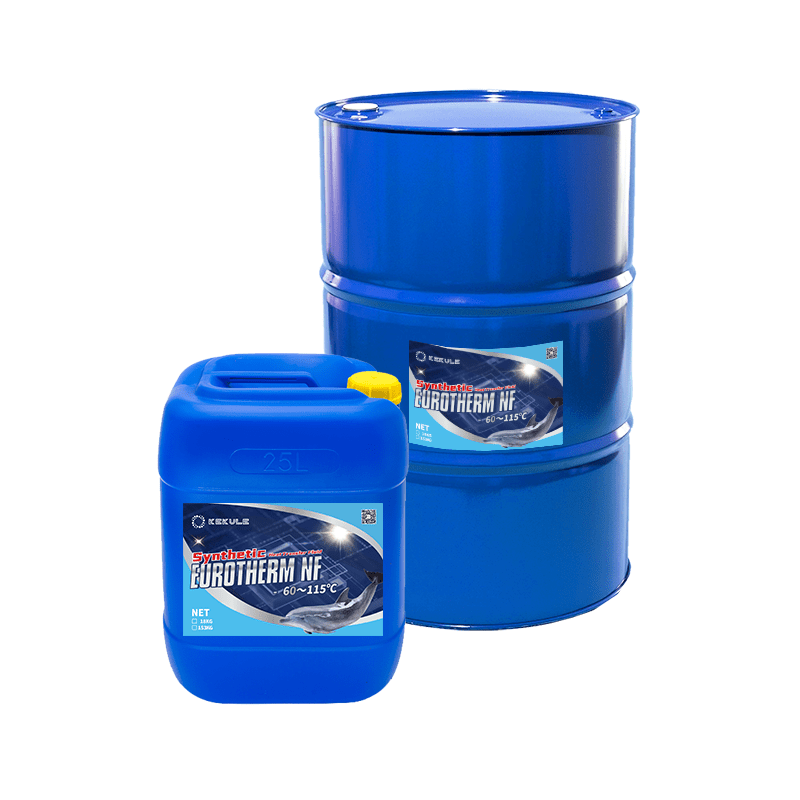The Definitive Guide to Chemie
Wiki Article
The Best Guide To Chemie
Table of ContentsMore About ChemieThe Main Principles Of Chemie Chemie Fundamentals ExplainedThe Main Principles Of Chemie Getting My Chemie To WorkA Biased View of Chemie
By Bojanna Shantheyanda, Sreya Dutta, Kevin Coscia and David SchiemerDynalene, Inc. Liquid cooling, which can be accomplished making use of indirect or straight ways, is made use of in electronic devices applications having thermal power thickness that may exceed secure dissipation with air cooling. Indirect liquid air conditioning is where warmth dissipating digital elements are physically separated from the fluid coolant, whereas in instance of straight cooling, the elements remain in straight call with the coolant.Nonetheless, in indirect air conditioning applications the electrical conductivity can be crucial if there are leakages and/or spillage of the liquids onto the electronics. In the indirect air conditioning applications where water based liquids with corrosion preventions are normally made use of, the electrical conductivity of the liquid coolant mainly depends on the ion focus in the fluid stream.
The increase in the ion concentration in a closed loop fluid stream might occur as a result of ion leaching from metals and nonmetal components that the coolant liquid is in contact with. During procedure, the electrical conductivity of the liquid might enhance to a degree which might be damaging for the cooling system.
Examine This Report on Chemie
(https://www.kickstarter.com/profile/chemie999/about)They are bead like polymers that can trading ions with ions in an option that it touches with. In the existing job, ion leaching tests were done with different metals and polymers in both ultrapure deionized (DI) water, i.e. water which is dealt with to the highest degree of pureness, and low electric conductive ethylene glycol/water mix, with the measured adjustment in conductivity reported in time.
The examples were permitted to equilibrate at room temperature level for two days before videotaping the preliminary electric conductivity. In all examinations reported in this research study liquid electrical conductivity was measured to a precision of 1% utilizing an Oakton disadvantage 510/CON 6 series meter which was calibrated before each measurement.
Chemie Things To Know Before You Get This
from the wall heating coils to the facility of the heater. The PTFE sample containers were placed in the heater when stable state temperature levels were gotten to. The test setup was removed from the heating system every 168 hours (7 days), cooled to space temperature level with the electric conductivity of the fluid determined.The electric conductivity of the fluid sample was checked for an overall of 5000 hours (208 days). Schematic of the indirect closed loop cooling experiment set up. Elements made use of in the indirect shut loophole cooling experiment that are in contact with the fluid coolant.

Get This Report about Chemie
During procedure the fluid reservoir temperature level was kept at 34C. The change in liquid electric conductivity was kept an eye on for 136 hours. The liquid from the system was accumulated and stored. Shut loop test with ion exchange material was carried out with the exact same cleansing treatments utilized. The initial electrical conductivity of the 230ml UP-H2O in the system determined 1.84 S/cm.
0.1 g of Dowex material was included in 100g of fluid examples that was taken in a separate container. The combination was mixed and site alter in the electric conductivity at room temperature was gauged every hour. The determined adjustment in the electrical conductivity of the UP-H2O and EG-LC examination fluids consisting of polymer or steel when involved for 5,000 hours at 80C is revealed Figure 3.
The Definitive Guide for Chemie
Ion seeping experiment: Calculated adjustment in electric conductivity of water and EG-LC coolants containing either polymer or metal samples when immersed for 5,000 hours at 80C. The outcomes indicate that metals added fewer ions right into the fluids than plastics in both UP-H2O and EG-LC based coolants.Liquids having polypropylene and HDPE showed the most affordable electrical conductivity adjustments. This can be because of the short, stiff, linear chains which are much less likely to add ions than longer branched chains with weak intermolecular pressures. Silicone likewise executed well in both examination fluids, as polysiloxanes are generally chemically inert as a result of the high bond energy of the silicon-oxygen bond which would certainly avoid degradation of the product right into the fluid.
The 9-Minute Rule for Chemie
It would be anticipated that PVC would certainly create comparable results to those of PTFE and HDPE based upon the comparable chemical frameworks of the materials, nonetheless there might be various other impurities existing in the PVC, such as plasticizers, that might affect the electrical conductivity of the fluid - inhibited antifreeze. In addition, chloride teams in PVC can also leach into the examination fluid and can trigger a boost in electrical conductivityBuna-N rubber and polyurethane revealed indicators of degradation and thermal decomposition which suggests that their feasible energy as a gasket or adhesive product at greater temperatures can bring about application problems. Polyurethane completely disintegrated into the examination fluid by the end of 5000 hour test. Figure 4. Before and after photos of steel and polymer examples immersed for 5,000 hours at 80C in the ion seeping experiment.
Calculated modification in the electric conductivity of UP-H2O coolant as a function of time with and without resin cartridge in the shut indirect cooling loophole experiment. The measured adjustment in electrical conductivity of the UP-H2O for 136 hours with and without ion exchange resin in the loophole is shown in Figure 5.
Report this wiki page